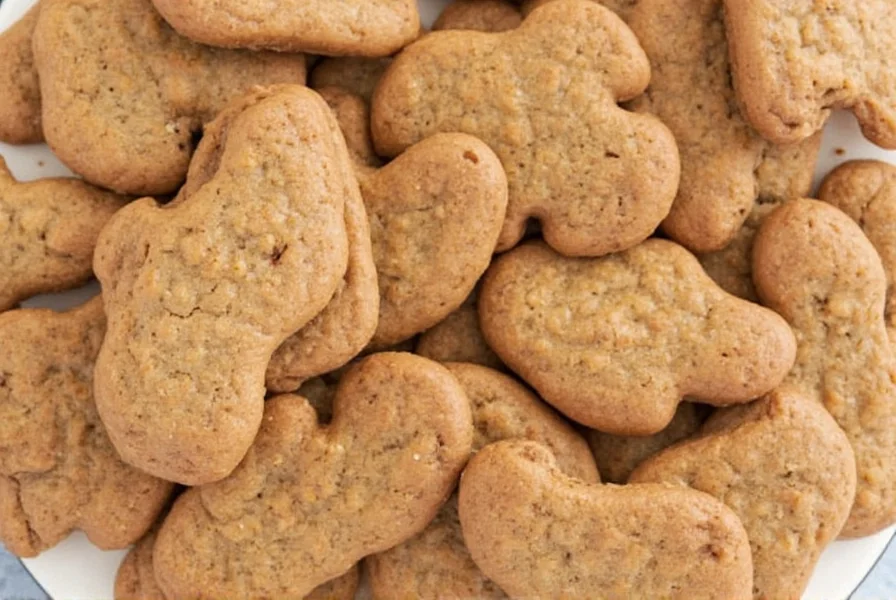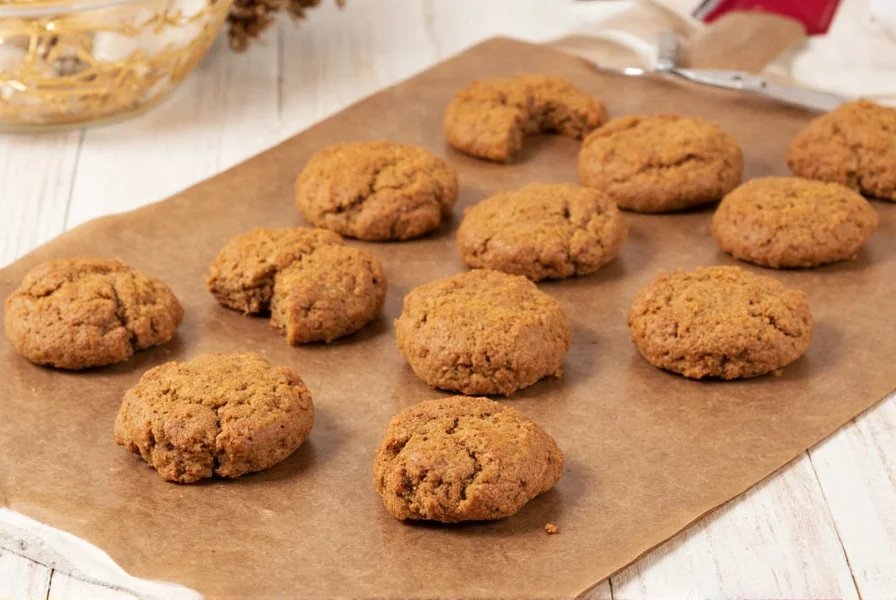These beloved holiday cookies have delighted palates for centuries, evolving from simple medieval spice cakes to the cut-out favorites we know today. Understanding the science behind their unique texture and flavor profile transforms good cookies into exceptional ones.
The Rich History of Ginger Bread Cookies
Ginger bread's origins trace back to 15th century Europe, where preserved ginger traveled along spice routes from Asia. By the 16th century, ginger had become a staple in European baking, particularly in Germany where lebkuchen (honey cake) evolved into the ginger bread we recognize. American colonists adapted these recipes using locally available molasses, creating the distinctively dark, moist cookies associated with holiday traditions.
Essential Ingredients and Their Roles
The magic of perfect ginger bread cookies happens through precise ingredient ratios and understanding each component's function:
| Ingredient | Function | Key Consideration |
|---|---|---|
| Molasses | Provides deep flavor, color, and moisture | Use robust or dark molasses for best results; avoid blackstrap |
| Freshly ground ginger | Delivers vibrant spicy notes | Pre-ground loses potency; 1 tsp fresh = 1.5 tsp ground |
| Baking soda | Reacting with molasses for rise | Must be fresh; activates immediately when mixed |
| Butter | Creates tender texture and carries flavors | Unsalted preferred for controlled seasoning |
Perfect Ginger Bread Cookies Recipe
Yield: 24 cookies | Prep: 20 minutes | Chill: 2 hours | Bake: 10-12 minutes
Ingredients
- 1 cup (226g) unsalted butter, softened
- 3/4 cup (150g) granulated sugar
- 1/4 cup (60ml) robust molasses
- 1 large egg, room temperature
- 2 1/4 cups (281g) all-purpose flour
- 1 1/2 tsp ground ginger
- 1 tsp cinnamon
- 1/4 tsp cloves
- 1/4 tsp black pepper (secret ingredient!)
- 1 tsp baking soda
- 1/4 tsp salt
Step-by-Step Instructions
- Cream butter and sugar until light and fluffy (3-5 minutes)
- Mix in molasses and egg until fully incorporated
- Whisk dry ingredients separately, then gradually add to wet mixture
- Form dough into disk, wrap in parchment, and chill minimum 2 hours
- Preheat oven to 350°F (175°C) with racks in center position
- Roll chilled dough to 1/4-inch thickness between parchment sheets
- Cut shapes and transfer to parchment-lined baking sheets
- Bake 10-12 minutes until edges are set but centers remain soft
- Cool on baking sheet 5 minutes before transferring to wire rack

Proven Baking Techniques for Perfect Results
Professional bakers rely on these evidence-based methods to achieve consistent ginger bread cookies:
- Chill dough thoroughly - Minimum 2 hours prevents excessive spreading
- Use parchment paper - Ensures even baking and prevents sticking
- Measure flour correctly - Spoon and level method prevents dry cookies
- Underbake slightly - Cookies continue cooking on the baking sheet
- Rotate pans - Halfway through baking for even heat distribution
Troubleshooting Common Ginger Bread Cookie Problems
Even experienced bakers encounter issues. Here's how to fix them:
- Flat, spread-out cookies: Dough wasn't cold enough, too much butter, or incorrect flour measurement
- Dry, crumbly texture: Overbaked, too much flour, or insufficient molasses
- Lack of spice flavor: Old spices, insufficient ginger, or wrong molasses type
- Hard cookies: Overmixed dough, too much baking soda, or overbaked
- Uneven browning: Oven hot spots; rotate pans during baking
Delicious Variations to Try
Once you've mastered the classic recipe, experiment with these popular adaptations:
- Gluten-free version: Substitute 1:1 gluten-free flour blend and add 1/2 tsp xanthan gum
- Vegan adaptation: Replace butter with coconut oil and egg with flax egg (1 tbsp ground flax + 3 tbsp water)
- Honey substitution: Replace half the molasses with honey for floral notes
- Crinkle tops: Roll dough balls in coarse sugar before baking
- Stuffed centers: Place small chocolate square in center of each dough ball
Storage and Serving Recommendations
Proper storage maintains texture and flavor:
- Room temperature: Store in airtight container with parchment between layers for up to 1 week
- Freezing: Freeze baked cookies for up to 3 months; freeze dough balls for 6 months
- Serving tip: Slightly warm cookies enhance aroma and soften texture
- Pairing suggestion: Serve with vanilla ice cream or creamy eggnog
Final Thoughts on Perfect Ginger Bread Cookies
Mastering ginger bread cookies requires understanding the delicate balance between molasses richness, spice intensity, and proper texture development. The most successful bakers treat the recipe as a starting point, making small adjustments based on environmental factors like humidity and oven calibration. Remember that patience with chilling time and resisting the urge to overbake are the secrets to achieving that perfect soft-yet-defined ginger bread cookie that embodies holiday tradition.











 浙公网安备
33010002000092号
浙公网安备
33010002000092号 浙B2-20120091-4
浙B2-20120091-4